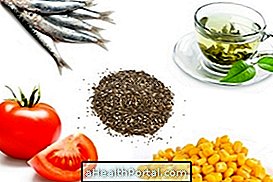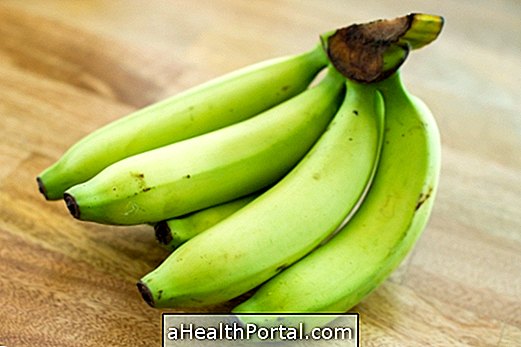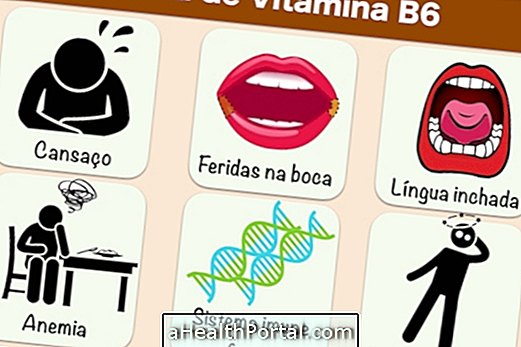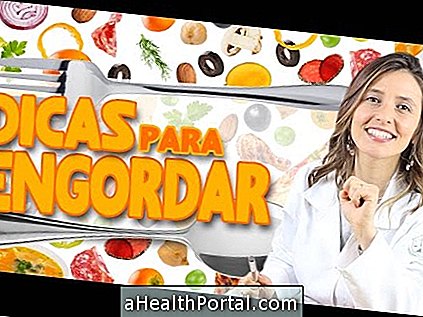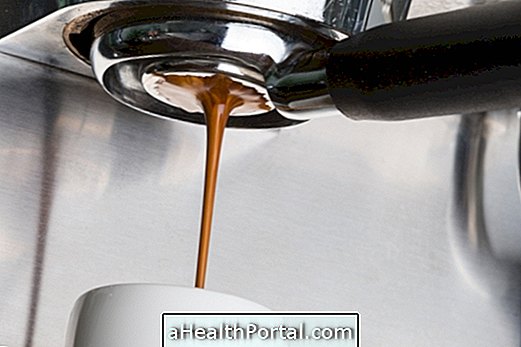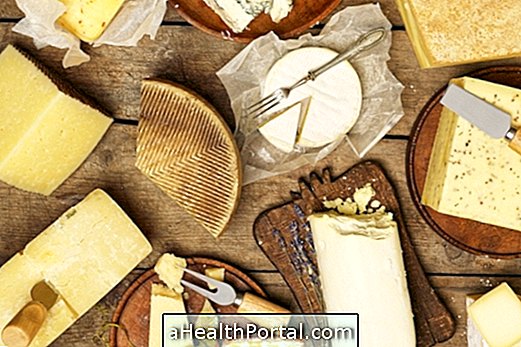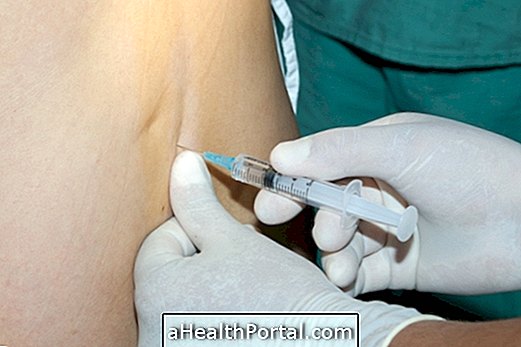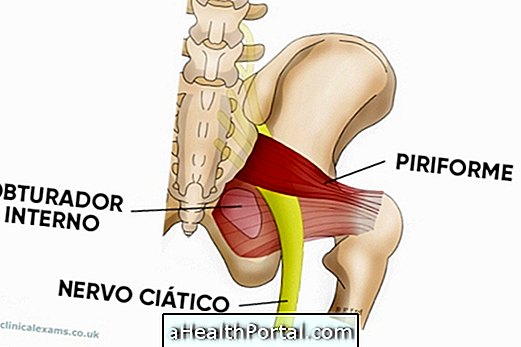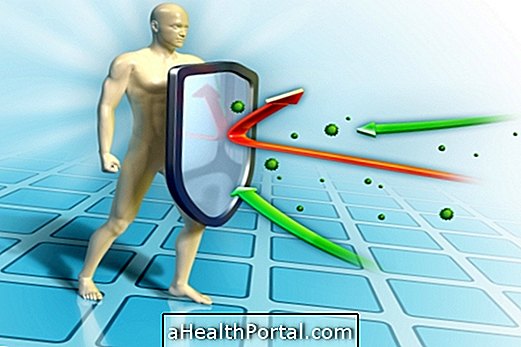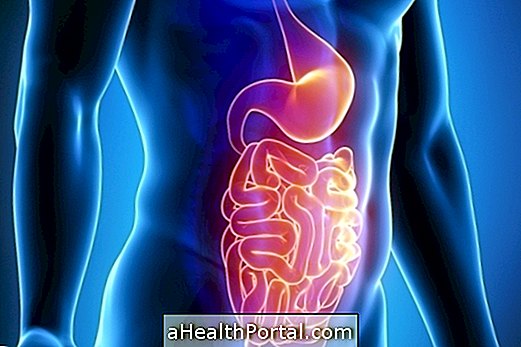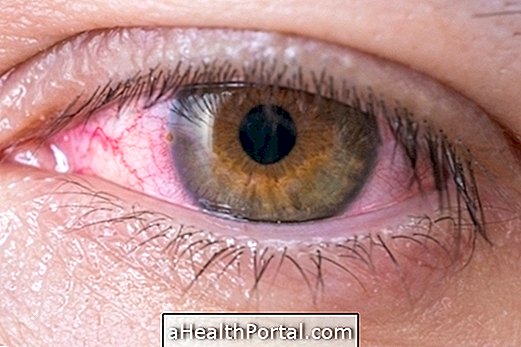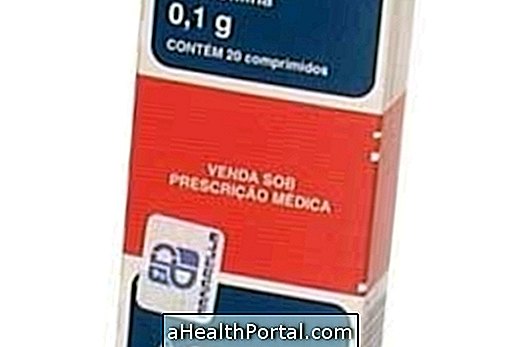The Atkins diet, also known as the protein diet, was created by the American cardiologist Dr. Robert Atkins, and is based on restricting carbohydrate consumption and increasing protein and fat intake throughout the day.
According to the doctor, with this strategy the body uses the accumulated fat to produce energy for the cells, which leads to weight loss and better control of blood glucose and cholesterol levels and triglycerides in the blood.
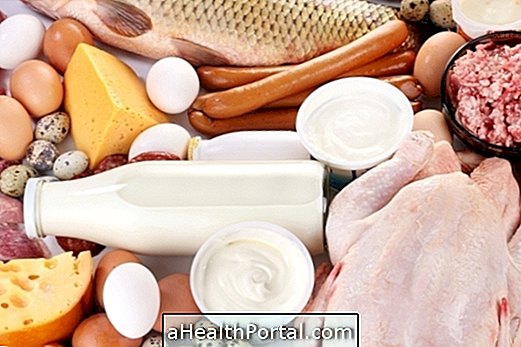
Foods allowed
The foods allowed in the Atkins diet are those that do not have carbohydrates or that have a very reduced amount of that nutrient, for example, egg, meat, fish, chicken, cheese, butter, olive oil, nuts and seeds.
In this diet, the daily intake of carbohydrates varies according to the phases of the process of slimming, starting with only 20 g per day. Carbohydrates are especially present in foods such as bread, pasta, rice, crackers, vegetables and fruits, for example. See the full list of carbohydrate-rich foods.
Atkins Diet Phases
The Atkins diet consists of 4 phases, as shown below:
Phase 1: Induction

This phase lasts two weeks, allowing the maximum consumption of only 20 grams of carbohydrates per day. Foods rich in proteins such as meat and eggs, and foods rich in fats such as olive oil, butter, cheese, coconut milk and vegetables such as lettuce, arugula, turnip, cucumber, cabbage, ginger, endive, radish, mushrooms, chives, parsley, celery and chicory.
During this phase a more accelerated initial weight loss is expected to occur.
Phase 2 - Continuous Weight Loss
In the second phase it is allowed to consume 40 to 60 grams of carbohydrate per day, and this increase should be only 5 grams per week. Phase 2 should be followed until the desired weight is reached, and you can add some fruits and vegetables on the menu.
So, besides the meats and fats, the following foods can also be included in the diet: cheese, ricotta, ricotta, blueberry, raspberry, melon, strawberry, almonds, nuts, seeds, macadamia nuts, pistachios and nuts.
Phase 3 - Pre-Maintenance

In stage 3 it is allowed to consume up to 70 grams of carbohydrate per day, being important to observe if there is weight gain or not in that period. If you notice an increase in weight by consuming 70 g of carbohydrate per day, you should reduce that amount to 65 g or 60 g, for example until you find your body's break-even point when you can move to phase 4.
At this stage the following foods can be introduced: pumpkin, carrot, potato, sweet potato, yam, manioc, beans, chickpeas, lentils, oats, oat bran, rice and fruits like apple, banana, cherry, grape, kiwi, guava, mango, peach, plum and watermelon.
Phase 4 - Maintenance
The amount of carbohydrate to be consumed will be that which maintains the stable weight, which was discovered in phase 3 of the process. At this stage, the diet has already become a lifestyle, which should always be followed for a good maintenance of weight and health.
Atkins Diet Menu
The following table provides an example menu for each phase of the diet:
| Meal | Phase 1 | Level 2 | Phase 3 | Phase 4 |
| Breakfast | Coffee without sugar + 2 fried eggs with Parmesan cheese | 2 scrambled eggs with cottage cheese and bacon | 1 slice whole wheat bread with cheese + sugar-free coffee | 1 slice of whole grain bread with cheese and egg + coffee |
| Morning snack | diet jelly | 1 small bowl of blueberries and raspberries | 1 slice of watermelon + 5 cashew nuts | 2 slices of melon |
| Lunch dinner | Green salad with olive oil + 150 g of grilled meat or chicken | Zucchini pasta and ground beef + salad with olive and olive oil | roasted chicken + 3 cabbage puree pumpkin + green salad with olive oil | 2 coleslaw of rice + 2 coleslaw + grilled and salted fish |
| Afternoon snack | 1/2 avocado with a sour cream | 6 strawberries with sour cream | 2 scrambled eggs with tomato and oregano + coffee | 1 natural yogurt + 5 cashew nuts |
It is important to remember that every diet should be accompanied by a health professional, such as nutritionist, not to harm health.
Watch the following video and also see how to make the Low Carb diet to lose weight:

